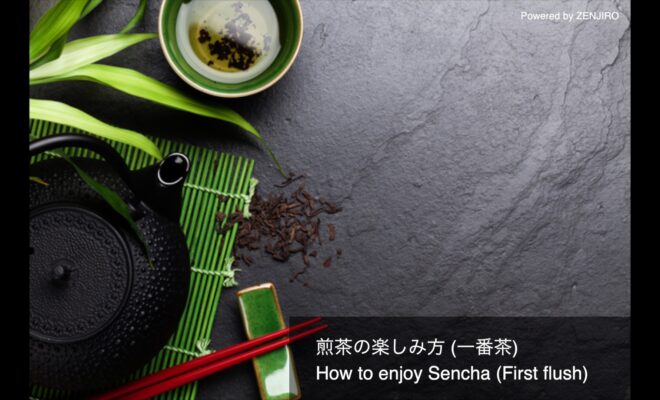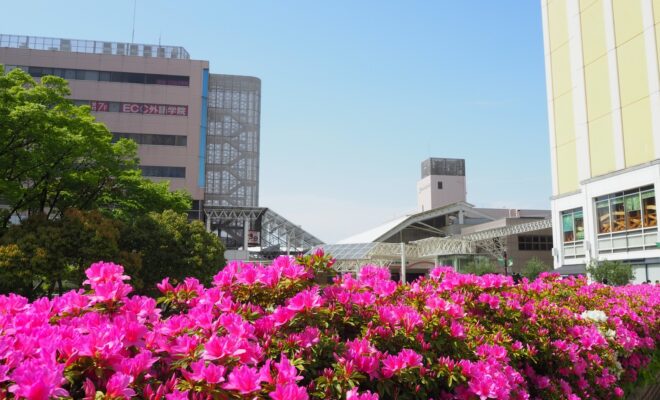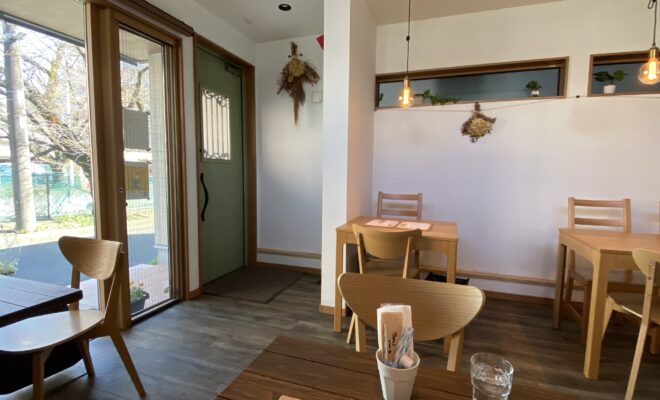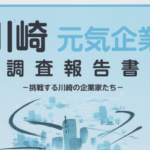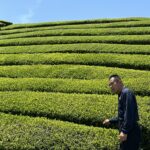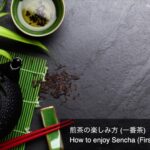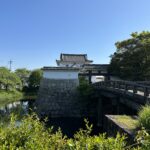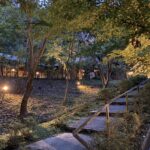Jun 28, 2020
Old Japanese people often walked in Edo period. It may be because it is an island country, not fortified cities on a continent like Europe. Major roads were created in the Kamakura period, and during the Edo period, the Tokaido along the sea and the Nakasendo in the mountains prospered as the major roads that connect Kyoto and the Edo (Tokyo) where the shogunate was located. In particular, Tokaido, where 53 post towns were located called as” Tokaido 53 Tsugi”, was the busiest road.
The Tokaido is a 480km road between Edo and Kyoto. People of those days took 10-14 days to walk on average. That is 35-48km per day, and is equivalent 60,000 to 80,000 steps. There were no carriages in Japan at that time, but there was a postal system called Hikyaku since that time. In express delivery, special porters delivered it in 4 days in a rushing relay format.
Let’s roughly divide the Tokaido into four equal parts and show the positional relationship. From east, Edo (Tokyo), rugged mountain Hakone, Shizuoka, Nagoya, Kyoto. Curiously, the leading daimyoes in the Warring States period before the Edo era also same area. Hojo cran was in Hakone, Imagawa cran in Shizuoka, and Oda Nobunaga in Nagoya. Nowadays, we can only take 2 hours and 30 minutes from Tokyo to Kyoto by limited express Shinkansen.
According to a study on traffic volume at that time, in 1820 there were 760,000 per year between Tokyo and Hakone and 590,000 per year in Nagoya- and Kyoto. And according to Japan’s first census in 1721, the population of Edo city was about 1.1 million and was larger than London (700k), Paris (500k) or Vienna (250k). The population of Japan was about 30 million at that time.
Thus, Japanese people in the Edo period often traveled and walked long distance a lot. For the average persons, the biggest event of their lives was visiting Ise Shrine in Mie Prefecture. In particular, the year of thanks (Okage mairi) once every 60 years, three times during the 200 yeas of Edo period, and it is said that 3.3-3.7 million people from all over the country worshiped.
Have you ever heard the word Walking Zen? As the name implies, it is Zen that walks with Innocent mind state. A rearch group at Rutgers University in New Jersey, USA, said, “A combination of aerobic exercises such as light walking, and meditation can reduce the symptoms of depression and make you feel more positive.”
Those who walked the Tokaido 53 tsugi never have been a light walk. However, I actually love Walking Zen. I take a break on the way and stretch, and continue to walk. Strangely, good ideas are born at the time. Also, I can refresh and feel better. Of course, I pack ZENJIRO’s cold green tea in a portable thermos bottle and carry it.
How about you try the Walking Zen?
Next time, I will tell you about the final episode of this series, “science of Zen and green tea”.

